Why is the FCC taking a slice out of 5G?
The Net Neutrality Series
April 2, 2024
by Joel Thayer, President of The Digital Progress Institute

In the digital age, a static existence is becoming a vestige of the 0G world. Everything we do is mobile. Heck, even our cars are starting to drive themselves using wireless networks. The machines that make the cars are also autonomous. Carriers are sending our packages via drones. Farmers are using data to study soil conditions and weather patterns to estimate crop yields. Everything is wireless!
It doesn’t stop there. Thanks in large part to the advent of 5G doctors can perform emergency surgeries from 100s of miles away. Better yet, patients with chronic diseases, such as diabetes or heart disease, in rural areas don’t have to travel far distances just for a doctor to see them. Their doctor can take their vitals and measurements in real time from their living room because of the development of telehealth devices. For many chronic illnesses, not seeing a doctor in time can make the difference between the remedy being a medication change or losing a foot.
5G networks made these innovations possible.
But there is a problem—our networks may not be able to handle the tsunami of devices about to enter onto our networks. To a 3G or 4G network, a device is a device. What makes an older network different than 5G is that it can’t distinguish between a ping it receives from an autonomous vehicle, data from a remote heart monitor, or your phone sending a text. This means that 5G’s success is going to require the networks to make those distinctions.
Worse, the number is only increasing as more cars, telehealth devices, and mobile technologies reach ubiquity. A conservative estimate indicates that there will be around 30 billion interconnected devices by 2030. Even more troubling, we don’t have nearly enough infrastructure to host these services and we are tapping out of usable commercial spectrum—the invisible real estate that makes your mobile device…well, mobile—to keep these devices functional.
However, the wireless industry have developed a solution that addresses both the scarcity of resources and oncoming onslaught of mobile devices about to hit these networks. It’s called network slicing. Network slicing is an engineering technique to divvy up wireless networks and allocate bandwidth based on particular needs. Meaning: the network can be more discerning in what type of data gets priority based on its overall societal importance without affecting the speeds for more commercial uses.
Almost everyone agrees that data from a heart monitor has more societal value than you texting a heart emoji to your friend. Network slicing guarantees that near low latency for the heart monitor while also guarantees that your friend receives that text uninterrupted.
Better yet, this technology is field tested. Vodafone and Ericsson completed its first trial of on-demand 5G network slice in the UK. And it didn’t disappoint. It was able to offer a “guaranteed download speed of 260Mbps and 12.4ms latency to support a virtual reality (VR) application at a retailer.”
Nokia conducted a network-slicing test with Hamburg’s Port Authority and Deutsche Telecom to show “that complex mobile applications with many different requirements can work reliably over one single network.” Nvidia has been testing network slicing with AT&T for cloud gaming. Verizon tested it at the Formula 1 Las Vegas Grand Prix racing event. T-Mobile tested it at a Red Bull high-diving event in Boston. Even Canada is trying it out.
So what could halt this technology in its tracks? You guessed it, unnecessary regulation, namely public-utility regulations in the name of net neutrality. Consider the European Union, which has mandated that carriers treat every data bit equally. If carriers don’t, they could face heavy fines. This opaque mandate has slowed down investment into the practice until EU clarifies the rules. Indeed, the United Kingdom has learned from this mistake and has revised its own regulations to make way for this 5G innovation.
Even with the UK turning heel, the Federal Communications Commission proposed to import similar public-utility style regulations here in the name of net neutrality (you may recall the hysterics when it was repealed in 2017). As FCC Commissioner Nathan Simington said in dissenting from this proposal, these rules are so overbroad that they could prohibit network slicing, “crippling” 5G.
Frankly, this result is precisely why the FCC needs to reconsider its approach here and determine whether public-utility regulations are even necessary. Not only is there no market case for its measures, but its proposed regulations could foreclose on an innovative option that can save lives by prioritizing emergency services, like network slicing can. For these and so many other reasons more, the FCC should slice its proposed broadband regulations, not our 5G networks.
Joel Thayer is the President of the Digital Progress Institute.

